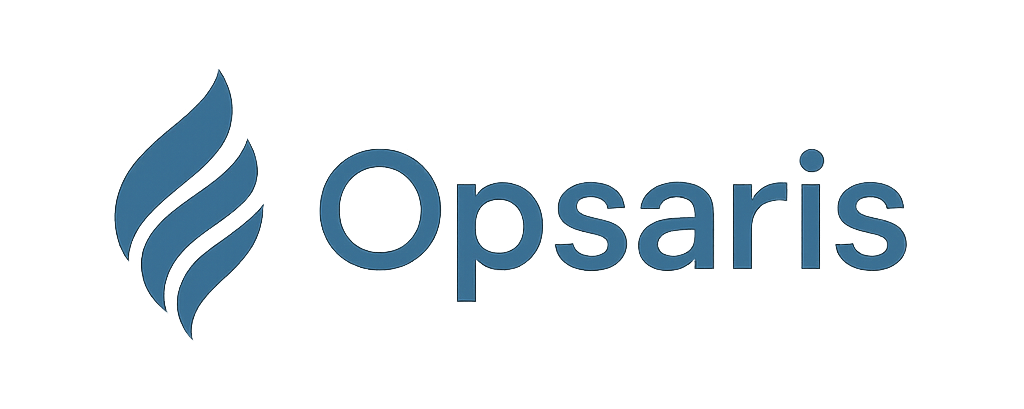How to Increase Support Team Capacity Without Just Hiring More People
“We’re stretched too thin — we need more people.” Maybe. But maybe not. In support operations, increasing headcount isn’t the only lever to increase support team capacity. Often, capacity issues come not from how many people you have — but from how those people are being used. Before you reach for the hiring budget, it’s…









